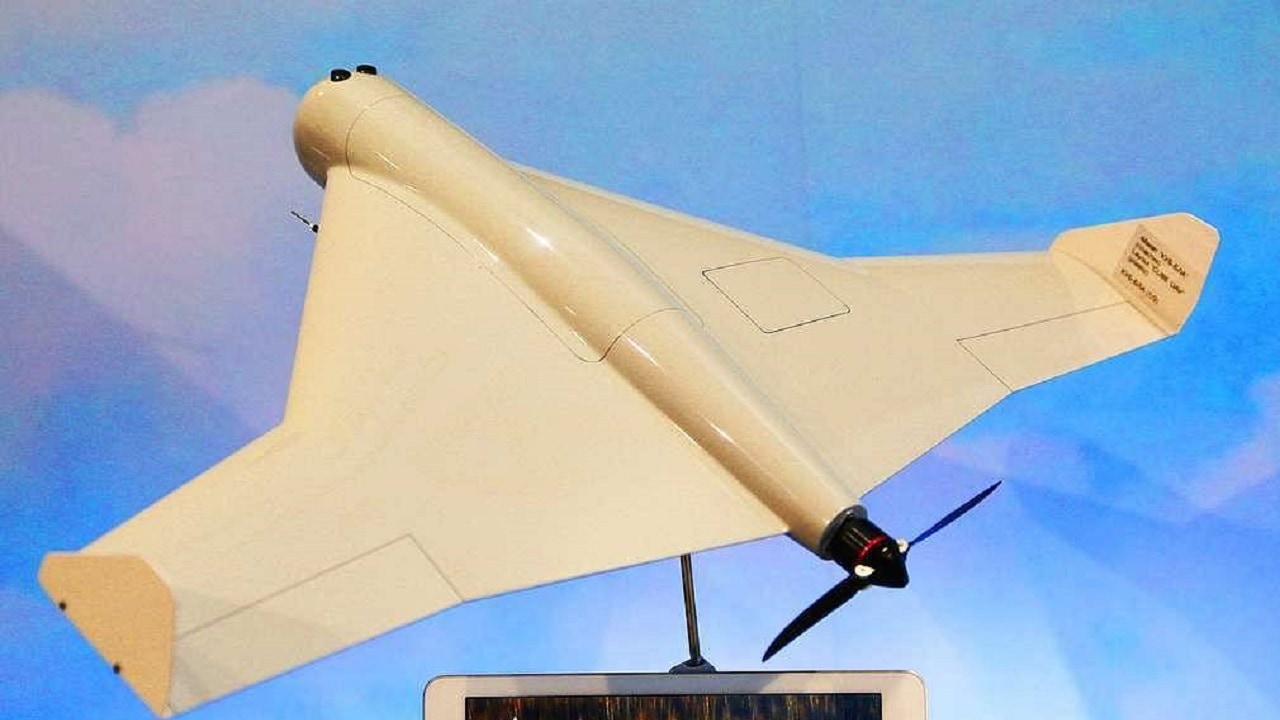Ukraine has made headlines with its Switchblade kamikaze drone supplied by the United States. Meanwhile, the Russians have their own loitering munition which is another weapon that can harass civilians in cities and even assassinate generals and other VIPs, including President Volodymyr Zelenskyy. Of course, these threats could be idle chatter from the Russians, although the KUB-BLA suicide drone has its advantages in range and in firepower to make it a force on the battlefield.
Deadly Attributes
The KUB-BLA has a 24-mile range with a speed of 80 miles per hour and a 2.2-pound warhead that shoots out metal balls to maim its target. It’s around three feet long and can stay in the air for 30-minutes. The drone can serve in intelligence collecting and reconnaissance roles if no target presents itself. But then it can quickly dive down to paydirt spraying metal throughout the kill zone.
Could It Hit Government Targets?
In March, the Russians used the tactical drone in a neighborhood in Kyiv near government buildings. That got military observers wondering if this was a drone for targeted assassination of political figures and policymakers – especially top members of the Ukrainian defense ministry and its general military staff.
The Russians used it on human targets in Idlib, Syria so it is proven in its ability to attack specific people. The threat to the central government has been abated since the Russians have left Kyiv, but there are still local government leaders in the Donbas region that could be in danger from a suicide drone like the KUB-BLA.
Could Be Part of a Swarm
Manufactured by ZALA Aero, a subsidiary of the Russian arms company Kalashnikov, the KUB-BLA is said to be accurate and can be used in a swarm mode. It has been around since 2019 when it was displayed at an air show at IDEX 2019 held in Abu Dhabi, UAE.
Zachary Kallenborn, a researcher specializing in drone swarms with the National Consortium for the Study of Terrorism and Responses to Terrorism told Wired magazine that the drone attributes should be taken seriously.
“The notion of a killer robot—where you have artificial intelligence fused with weapons—that technology is here, and it’s being used,” Kallenborn said.
This type of autonomy is scary. Drones like the KUB-BLA could someday just be fed a photo of a potential victim and the facial recognition software with the artificial intelligence could track the target until the death blow is delivered.
The Kill Chain
The KUB-BLA is straightforward to use. It comes with a catapult launcher that thrusts it into the air. The suicide drone is also silent, an attribute that makes it more deadly. The design is simple with the propellor mounted in the rear. This video shows how at one moment the drone is flying slowly and then in a few seconds, it rapidly and accurately dives down to attack its foe with a targeting mechanism that is guided by a global navigation satellite system.

KUB-BLA drone. Artist rendering.

KUB-BLA drone. Image Credit: Screenshot.
Not Good With Moving Targets
One disadvantage of the KUB-BLA is that its targeting system makes it difficult to use against moving objects, but something stationary like a person sitting in a parked vehicle or at a desk in an office could be eliminated.
These flying hand grenades are a concern for Ukrainian civilians who may have leadership roles in the Ukrainian parliament or bureaucracy. The Russians are known for attacking non-combatants and the KUB-BLA is likely to evolve over time to use more autonomous means, such as artificial intelligence, to target policymakers. Russia has a long hit-list of enemy leaders and the KUB-BLA could be instrumental in pursuing those nefarious goals.
Now serving as 1945’s Defense and National Security Editor, Brent M. Eastwood, PhD, is the author of Humans, Machines, and Data: Future Trends in Warfare. He is an Emerging Threats expert and former U.S. Army Infantry officer. You can follow him on Twitter @BMEastwood.

